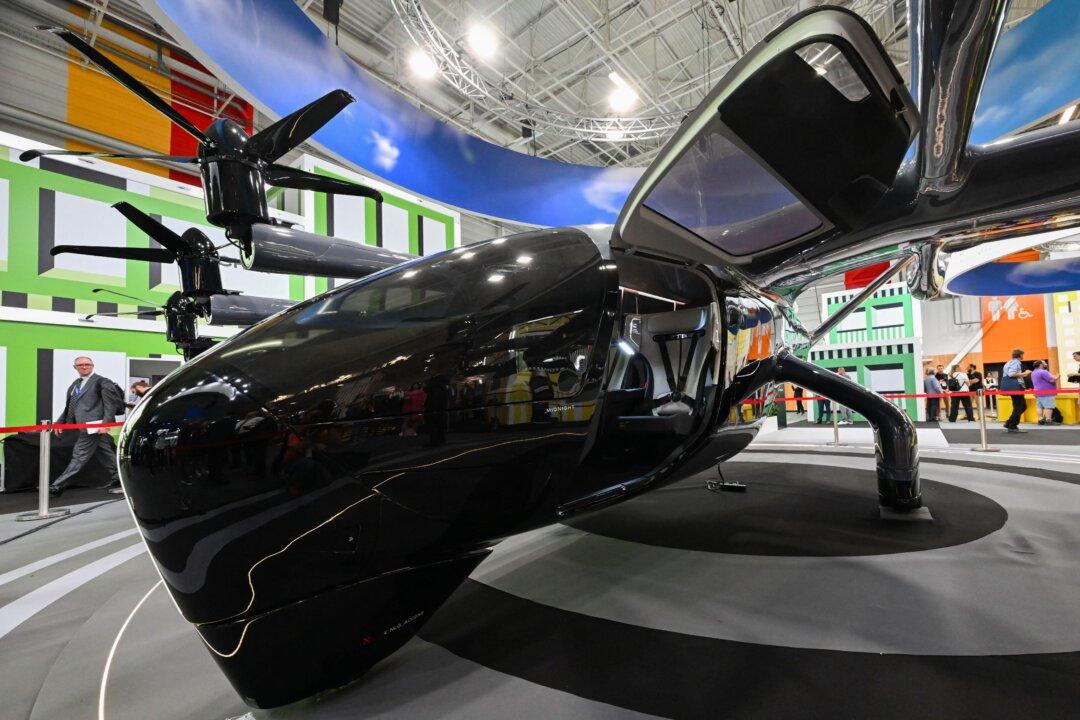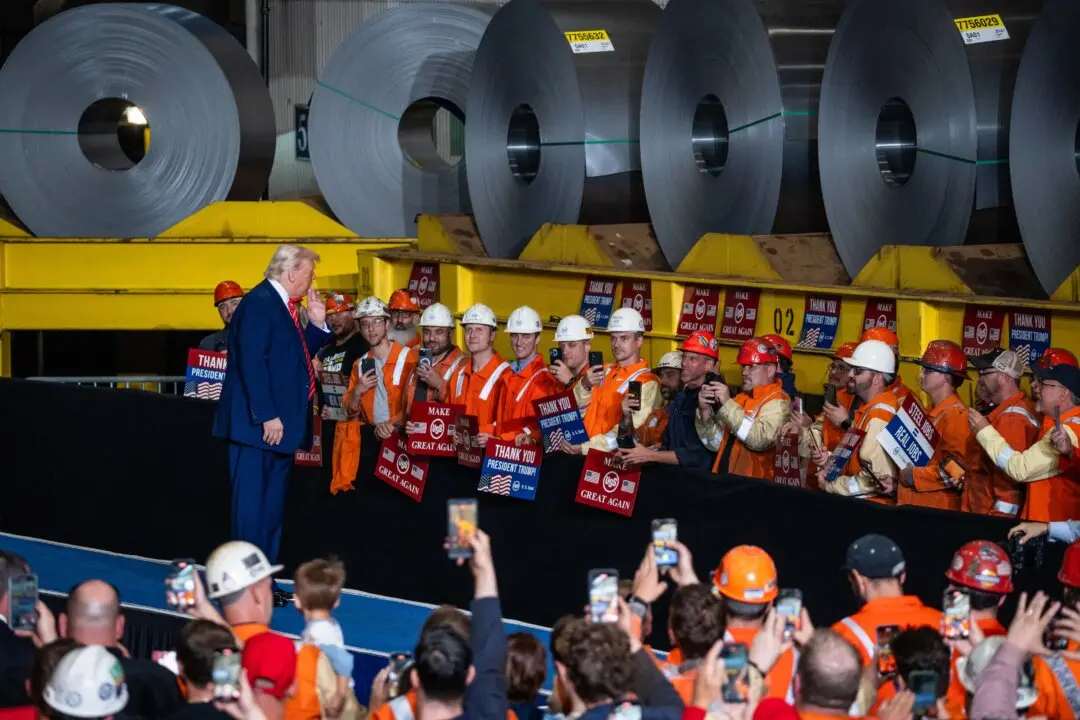A flying taxi car has hit the critical “airworthiness criteria” milestone set by the U.S. Federal Aviation Administration (FAA), which paves the path forward for its introduction into American airspace.
On May 24, the FAA issued the final “airworthiness criteria” for Archer Aviation’s Midnight aircraft. Midnight is an electric vertical takeoff and landing (eVTOL) vehicle that can conduct flights of 10-50 miles at speeds of up to 150 mph. The vehicles are designed to operate in urban environments and cut down transit periods in traffic-heavy regions. With the FAA setting the airworthiness criteria for Midnight, the company can now plan out the certification and commercialization plans of the aircraft.





